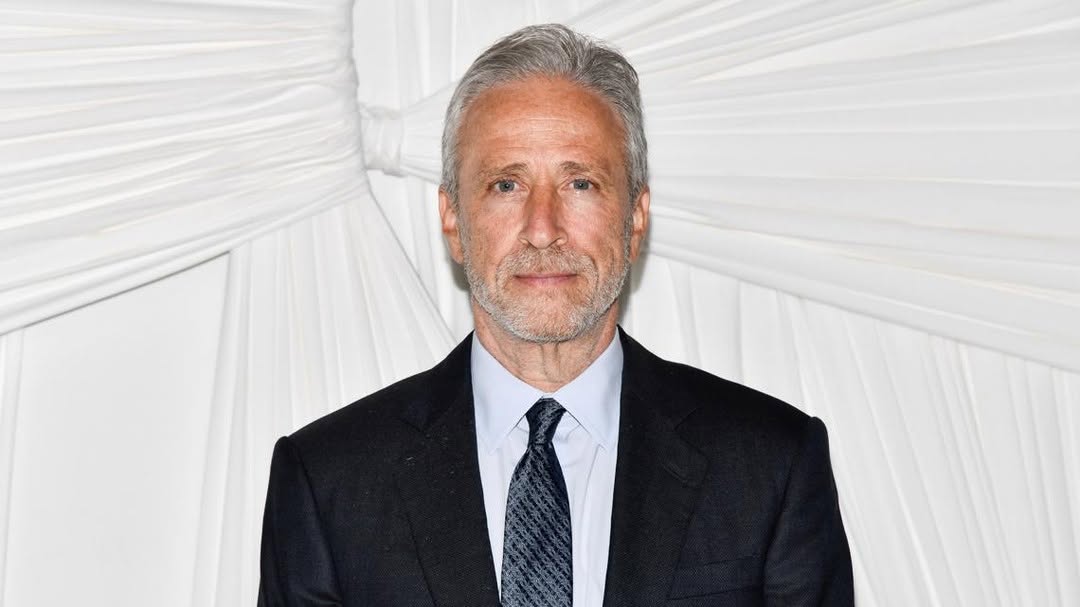Jon Stewart’s Return and the New Late-Night Shakeup: What It Means for Media, Politics, and the Business of Influence
Jon Stewart has returned to The Daily Show as Paramount Global and Comedy Central navigate major financial and viewership shifts. This article examines how Stewart’s comeback affects late-night television, corporate strategy inside Paramount, and the broader political and cultural landscape shaping the future of news-based entertainment.
The Return That Rewired Late-Night Overnight
Jon Stewart’s return to The Daily Show is not simply a nostalgic reprise; it is a strategic intervention at a time when the traditional late-night model is struggling to survive. With cable audiences shrinking and streaming platforms cannibalizing legacy networks, Paramount Global, parent company of Comedy Central and CBS is under pressure to retain cultural relevance and revenue stability. Stewart reappears at a moment when trust in news media is fractured, satire is consumed more online than on television, and political commentary is shaping public opinion at unprecedented speed.
His comeback immediately reshapes the late-night field. Stewart brings an established audience, unmatched credibility among younger voters, and a style of commentary that blends emotional clarity with direct critique. In an era defined by confusion and overload, he returns as a guide as much as a comedian.
Chris McCarthy, President of MTV Entertainment Group at Paramount, captured the sentiment in a formal statement:
“Jon is the voice of our generation. His advocacy and humor are more essential than ever.”
This is not simply about ratings. It is about influence.
The Financial Stakes: Paramount’s Crossroads
Behind the scenes, Stewart’s return is tied directly to corporate strategy. Paramount Global is juggling declining cable revenues, high streaming costs, and investor pressure to demonstrate long-term profitability. The company needs content that cuts through the noise—content that can travel across platforms, trigger conversation, and convert digital engagement into subscription growth.
Stewart’s presence is a cost-efficient way to stabilize brand identity. Unlike scripted productions requiring massive budgets, Stewart’s commentary naturally drives viral audience attention across TikTok, YouTube, and X. For Paramount+, audience engagement of that scale is effectively marketing spend without the marketing bill. If Stewart can reestablish The Daily Show as a must-watch cultural touchstone, the financial payoff could be significant.
According to analysis reviewed by CEO Today, the key variable is clip-driven engagement. Late-night is no longer judged by Nielsen ratings; it is judged by the velocity of a segment once it hits social media. Stewart is uniquely built for that economy.
A Legal and Creative Reset
Stewart has long insisted on maintaining editorial freedom, a sticking point that contributed to his departure from his Apple TV+ program. His new agreement with Paramount reportedly provides broader creative control—particularly regarding political coverage and guest selection. That matters more now than at any point in late-night history. The legal and reputational risks surrounding political broadcasting have grown dramatically due to defamation suits, misinformation oversight frameworks, and advertiser sensitivity standards.
If Paramount is granting Stewart space to speak forcefully and unscripted, it is not merely respecting his legacy. It is betting that authenticity has become more valuable than corporate caution.
A New Landscape for Colbert, Kimmel, and Meyers
Stewart’s return lands in a field already adjusting to transformed audience expectations. Late-night is no longer primarily comedy. It has become emotional interpretation, civic voice, and cultural temperature gauge. Stephen Colbert, Jimmy Kimmel, and Seth Meyers have all shifted toward political monologue as their core narrative structure, but Stewart’s voice carries a generational authority that reframes the competitive dynamic.
Where others navigate commentary with cautious distance, Stewart leans in with personal conviction. That approach may redefine how late-night hosts measure success—not in laughs, but in impact.
The Power of Public Influence
Stewart’s real value does not lie in ratings; it lies in narrative momentum. His voice has historically influenced elections, media conversations, and even congressional policy debates. He is one of the few broadcasters whose commentary can move from television to legislative chambers without dilution.
In a media ecosystem oversaturated with opinions, Stewart still stands out as someone who can cut through noise and make meaning feel clear again.
Conclusion: A Line Drawn in the Industry
Jon Stewart’s return is a hinge moment for late-night television and for Paramount Global’s strategic direction. It may signal that the industry is shifting toward personality-driven commentary anchored in authenticity and urgency. Or it may reveal the limits of nostalgia in an era when audiences are more fragmented than ever.
If Stewart succeeds, he could redefine how media institutions build trust, how cultural power is measured, and how political commentary shapes public understanding in the digital age.
If he does not, the industry may be forced to admit that the old voices cannot save a format whose foundation has already changed.














